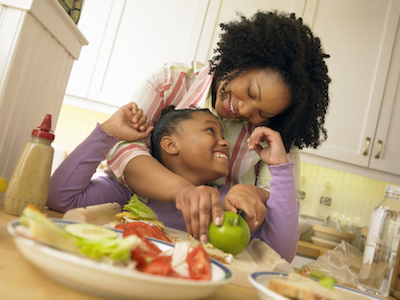Learn to be selfish to take control of your nutrition
I’d like to share with you something that I talk about frequently with my teenage patients through Teen Xpress. You may find this to be a helpful way of thinking for yourself or for teaching your children as they reach adolescence.
Be selfish!
You may be wondering how being selfish actually relates to your health. Isn’t selfishness a negative thing? When it comes to your health and nutrition, selfishness can be a positive; it will help you determine what is best for you and your body. It will teach you to pay attention to what you are eating and what nutrients each food provides.
What does this food do for me?
Now let’s learn how to be selfish, in a good way. Sounds odd but I promise you, it can be helpful if we know how to switch our thinking. All we have to do is ask ourselves a very important question- What will this food/meal give to me? Our food has to give us something back in return; the relationship shouldn’t be one-sided.
Food gives us pleasure, happiness, and most importantly nutrition. This is why we eat, to provide nutrition for our body to grow and maintain good health. When we see a delicious candy bar next to the cash register, I am sure your first thought is, “That is going to taste so good!” Let’s switch our thinking and say “I know you taste delicious, but what kind of nutrition will you give my body?” Yes, a candy bar will give you the much needed energy, but how about vitamins, fiber, and protein? Not so much.
Now let’s get to work. Before you take that next bite of that meal you have on the table, think to yourself, what will this meal give to me? Will it give me all the nutrients for my body to grow or will it give me unwanted calories, fat and sugar? These can be difficult questions at first, but once you get the hang of it, you will feel more comfortable. Let’s start out with your afternoon snack. As an example, say you have an apple and a cheese stick in front of you. Before you chow down, ask your food, “What nutrients will you give my body?” Let’s see, we have dairy and a fruit, which means we will be getting much needed calcium, protein, fiber, and vitamins. If you chose a chocolate donut for snack, it might be a challenge listing the positives. As you can see, the apple and cheese stick would be a better choice.
Start by writing down all the good and not-so-good things your food gives you. See if there is a pattern. Do you notice that your meals and snacks lack calcium for bone health or protein for good muscle repair? This exercise can help develop good mindful eating skills. Mindful eating helps us be more aware of what we are eating by taking in account all the five senses.
How can I add this type of thinking to my kid's daily routine?

Teaching your family is a great way to help them develop great mindful eating skills. While sitting together at the dinner table, ask your kids about the food on their plate. Do they know about the different nutrients each food gives to them? Are they able to differentiate between the more healthful foods and the less healthful foods? This is a great time to educate your kids about the five food groups and what nutrients they provide the body. Once your child is aware of the basic nutrients found in specific foods, see if they are able to do this exercise by themselves. Start with small snacks and build your way up to meals. They might even start asking themselves these questions without being prompted to do so.
By being a little positively selfish we can begin to pay more attention to our nutrition and health. We are able to differentiate between the foods that are most and least healthful for our body. See how this different way of thinking might change you or your family’s eating habits.







